Home>Home Appliances>Laundry Appliances>How To Bypass A Coin-Operated Washing Machine
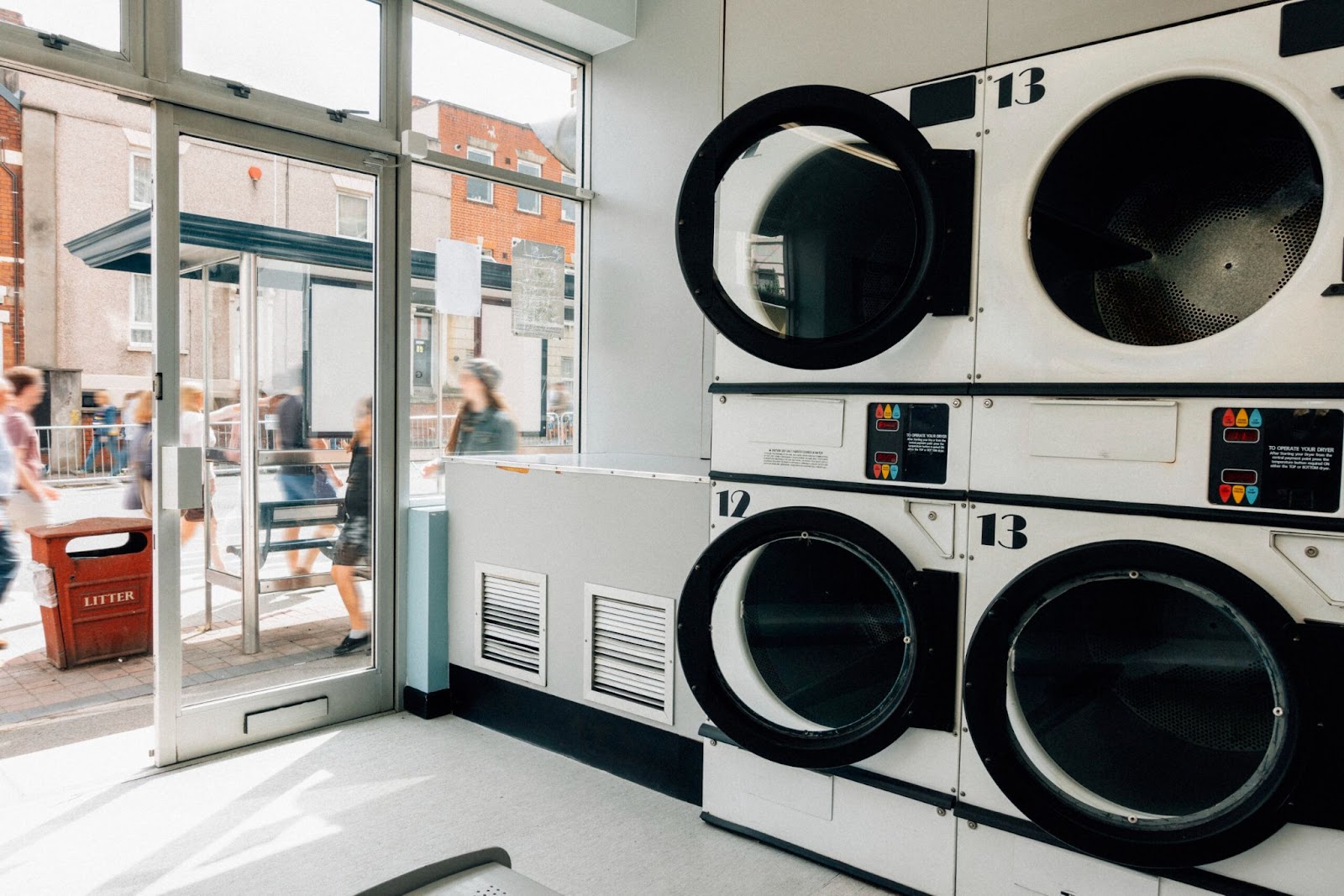

Laundry Appliances
How To Bypass A Coin-Operated Washing Machine
Modified: March 2, 2024
Learn how to bypass a coin-operated washing machine and save money on laundry appliances. Discover simple tricks to avoid paying for laundry services.
(Many of the links in this article redirect to a specific reviewed product. Your purchase of these products through affiliate links helps to generate commission for Storables.com, at no extra cost. Learn more)
Introduction
Coin-operated washing machines are a common sight in laundromats and multifamily housing units. While they offer convenience and accessibility, the need for coins can be a hassle, especially when you find yourself without spare change. Fortunately, there are ways to bypass the coin mechanism and access the washing machine without the need for coins.
In this comprehensive guide, we will delve into the world of coin-operated washing machines, exploring the inner workings of these appliances and the legal and ethical considerations associated with bypassing their coin mechanisms. We will also provide a detailed step-by-step guide, along with troubleshooting tips, to help you navigate the process of bypassing the coin mechanism with ease.
Whether you're a tenant looking for a cost-effective laundry solution or a curious individual interested in understanding the mechanics of coin-operated washing machines, this guide is designed to equip you with the knowledge and insights needed to bypass the coin mechanism responsibly and effectively.
So, if you've ever found yourself staring at a coin-operated washing machine with empty pockets and a pile of laundry in tow, you're in the right place. Let's embark on this journey to uncover the secrets of bypassing coin-operated washing machines and reclaiming control over your laundry routine.
Key Takeaways:
- Bypassing coin-operated washing machines may have legal and ethical consequences. It’s important to respect property rights and consider alternative solutions while understanding the inner workings of these appliances.
- If considering bypassing the coin mechanism, prioritize safety and reversibility. Engage in open communication with property owners and explore responsible usage to address laundry challenges effectively.
Understanding Coin-Operated Washing Machines
Coin-operated washing machines, also known as coin-op washers, are a staple in laundromats, apartment complexes, and other shared laundry facilities. These machines are designed to offer a convenient and accessible way for users to clean their clothes while ensuring that the costs associated with operating and maintaining the appliances are covered.
How They Work
At the core of a coin-operated washing machine is the coin mechanism, which serves as the gateway to starting a laundry cycle. When a user inserts the required coins into the machine, the coin mechanism validates the payment and allows the washing cycle to commence. This mechanism typically includes a coin slot, coin validator, and control board that coordinates the machine's operations.
Once the coins are accepted, the control board activates the washing machine, allowing the user to select the desired settings and start the cycle. The coins collected from each usage contribute to the revenue generated by the machine, which is often used to cover expenses such as water, electricity, maintenance, and the initial cost of the appliance.
Types of Coin Mechanisms
Coin-operated washing machines can feature various types of coin mechanisms, including traditional coin slots that accept quarters, as well as more advanced systems that accommodate different coin denominations or even electronic payments. Some modern machines also offer the option of using prepaid cards or digital payments, providing users with added flexibility and convenience.
Benefits and Challenges
For laundromat owners and property managers, coin-operated washing machines offer a reliable source of income and help offset the operational costs associated with providing laundry facilities. Additionally, the pay-per-use model encourages users to be mindful of their laundry habits and promotes a sense of responsibility in maintaining the machines.
However, for users, the need for coins can be a drawback, especially when access to change is limited. This can be particularly inconvenient for individuals who prefer the flexibility of using alternative payment methods or who find themselves without the necessary coins to operate the machines.
Understanding the inner workings of coin-operated washing machines is essential for anyone seeking to bypass the coin mechanism responsibly and effectively. By gaining insights into how these appliances function, individuals can make informed decisions when exploring alternative methods of accessing the machines for their laundry needs.
Read also: 8 Amazing Coin Operated Washer For 2024
Legal and Ethical Considerations
When considering bypassing the coin mechanism of a coin-operated washing machine, it is crucial to address the legal and ethical implications associated with such actions. While the desire to access laundry facilities without the need for coins is understandable, it is important to approach this matter with a clear understanding of the potential consequences and responsibilities involved.
Legal Implications
From a legal standpoint, tampering with or bypassing the coin mechanism of a coin-operated washing machine may constitute a violation of property rights or contractual agreements. Property owners, laundromat operators, and landlords have the right to enforce the usage policies and payment requirements associated with their laundry facilities. By circumventing the established payment system, individuals may be infringing upon the terms of use and could potentially face legal repercussions.
Additionally, in some jurisdictions, bypassing coin-operated mechanisms may be considered a form of theft or vandalism, leading to legal penalties and civil liabilities. It is essential to familiarize oneself with the local laws and regulations governing the use of shared laundry facilities to avoid inadvertently engaging in unlawful activities.
Ethical Considerations
Ethically, bypassing the coin mechanism of a coin-operated washing machine raises questions of fairness, respect for property rights, and adherence to established rules. While the inconvenience of needing coins for laundry may be a legitimate concern, it is important to recognize the rights of the property owner or operator to set and enforce payment requirements for the use of their appliances.
Respecting the established payment system not only upholds ethical standards but also contributes to the maintenance and sustainability of shared laundry facilities. The revenue generated from coin-operated machines is often reinvested into maintaining and improving the laundry infrastructure, ensuring that users have access to reliable and well-maintained appliances.
In light of these considerations, individuals contemplating bypassing the coin mechanism of a coin-operated washing machine should carefully weigh the legal and ethical implications of their actions. It is advisable to explore alternative solutions, such as discussing payment options with the property owner or seeking out alternative laundry facilities that better align with one's preferences and needs.
By acknowledging the legal and ethical dimensions of bypassing coin-operated mechanisms, individuals can make informed decisions that uphold the principles of legality, fairness, and respect for property rights while seeking solutions that align with their laundry requirements.
Tools and Materials Needed
Before embarking on the process of bypassing a coin-operated washing machine, it is essential to gather the necessary tools and materials to facilitate the procedure. While it's important to approach this task responsibly and in accordance with legal and ethical considerations, having the right equipment can streamline the process and ensure that any adjustments made are reversible and non-destructive.
Tools:
-
Screwdriver Set: A versatile screwdriver set with various head types, including Phillips and flathead, is essential for accessing the internal components of the washing machine. This tool will be used to remove panels and access the coin mechanism.
-
Flashlight: A reliable flashlight will aid in illuminating the interior of the washing machine, allowing for better visibility when working on the coin mechanism.
-
Pliers: Both needle-nose and standard pliers may be required for manipulating small components or accessing hard-to-reach areas within the machine.
-
Electrical Tape: Electrical tape can be used to secure any disconnected wires or cover exposed electrical components, ensuring safety during the process.
-
Multimeter: While not mandatory, a multimeter can be useful for testing electrical connections and diagnosing any issues with the coin mechanism or control board.
Materials:
-
Cardboard or Plastic Cards: Thin cardboard or plastic cards, such as old gift cards or hotel key cards, can be used to simulate the size and shape of coins, allowing for testing and manipulation of the coin mechanism without the need for actual currency.
-
Replacement Fasteners: In the event that any screws or fasteners need to be removed or replaced during the process, having a set of replacement fasteners on hand can ensure that the washing machine is reassembled securely.
-
Safety Gloves: It's important to prioritize safety when working with electrical appliances. A pair of durable safety gloves can protect your hands from sharp edges and electrical components within the washing machine.
-
Documentation: Keeping a notepad and pen handy to document the steps taken and any adjustments made can aid in reversing the process if necessary. Additionally, documenting the original configuration of the coin mechanism can be valuable for reassembly.
By assembling the appropriate tools and materials, individuals can approach the task of bypassing a coin-operated washing machine with preparedness and diligence. It is important to emphasize the responsible and non-destructive nature of this process, ensuring that the washing machine remains in a functional and unaltered state once the procedure is complete.
Step-by-Step Guide to Bypassing the Coin Mechanism
-
Preparation and Safety Measures: Before initiating the bypass process, ensure that the washing machine is unplugged from the power source to prevent any electrical hazards. Put on safety gloves to protect your hands from sharp edges and electrical components within the machine.
-
Accessing the Coin Mechanism: Using a suitable screwdriver from the set, carefully remove the panels or covers that provide access to the coin mechanism. A flashlight can be helpful in illuminating the interior of the washing machine for better visibility.
-
Understanding the Coin Mechanism: Take note of the components and wiring associated with the coin mechanism. Identify the coin slot, coin validator, and any control boards or wiring harnesses connected to the mechanism.
-
Simulating Coin Inputs: Utilize thin cardboard or plastic cards, such as old gift cards or hotel key cards, to simulate the size and shape of coins. Insert the simulated coins into the coin slot to understand how the mechanism validates and processes the inputs.
-
Testing and Manipulation: Experiment with different insertion techniques and positions to gauge the responsiveness of the coin mechanism. Observe how the internal components react to the simulated inputs and identify any potential points for manipulation.
-
Disconnection and Isolation: Carefully disconnect any wiring or electrical connections associated with the coin mechanism. Use the multimeter to ensure that the power supply to the mechanism is completely isolated before proceeding with any adjustments.
-
Bypassing the Mechanism: Depending on the insights gained from the testing phase, devise a method to bypass the coin mechanism. This may involve rerouting electrical connections, bypassing validation sensors, or implementing alternative activation methods.
-
Reassembly and Documentation: Once the necessary adjustments have been made, reassemble the panels and covers of the washing machine. Use the replacement fasteners if any were removed during the process. Document the steps taken and the original configuration of the coin mechanism for future reference.
-
Testing the Bypass: Plug the washing machine back into the power source and initiate a test cycle to ensure that the bypassed coin mechanism allows for the activation of the washing cycle without the need for physical coins.
-
Reversibility and Responsibility: It is important to emphasize that any bypassing of the coin mechanism should be approached with a commitment to reversibility and non-destructiveness. The goal is to enable access to the washing machine without causing permanent alterations or damage to the appliance.
By following this step-by-step guide, individuals can navigate the process of bypassing the coin mechanism of a coin-operated washing machine with a methodical and safety-conscious approach. It is crucial to exercise caution, respect the property rights associated with the appliance, and prioritize the responsible and reversible nature of the bypassing process.
Troubleshooting and Tips
After bypassing the coin mechanism of a coin-operated washing machine, it's essential to be mindful of potential issues that may arise and to consider additional tips for a successful and responsible bypass. Here are some troubleshooting insights and valuable tips to guide you through this process:
Read more: How To Bypass Affresh Cycle On Maytag Washer
Testing and Validation
- Test the Bypassed Mechanism: Once the coin mechanism has been bypassed, conduct thorough testing to ensure that the washing machine operates as intended. Initiate multiple washing cycles using different settings to validate the functionality of the bypassed mechanism.
- Diagnostic Checks: If the washing machine fails to respond or exhibits erratic behavior after the bypass, conduct diagnostic checks to identify any loose connections, misaligned components, or electrical irregularities that may have resulted from the bypassing process.
Reversibility and Restoration
- Document Reassembly Steps: In the event that the bypassed mechanism needs to be restored to its original configuration, having detailed documentation of the reassembly steps and the original state of the coin mechanism can facilitate the reversal process.
- Safeguarding Components: Store any removed components, fasteners, or wiring harnesses in a secure and organized manner to ensure that all original parts are preserved for potential reinstallation.
Safety and Compliance
- Electrical Safety: Prioritize electrical safety throughout the bypassing process. Ensure that all electrical connections are secure, insulated, and free from any exposed wiring that could pose a hazard during the operation of the washing machine.
- Compliance with Regulations: Adhere to local regulations and property usage policies when bypassing the coin mechanism. Respect the rights of property owners and operators while exercising responsible and reversible modifications to the appliance.
Maintenance and Longevity
- Regular Inspections: Periodically inspect the bypassed coin mechanism to check for signs of wear, corrosion, or malfunctions. Address any issues promptly to maintain the long-term functionality of the washing machine.
- Sustainable Usage: Use the bypassed mechanism responsibly and avoid excessive strain on the appliance. Adhering to recommended load capacities and operating guidelines can contribute to the longevity of the washing machine.
Read more: How To Operate A Washing Machine
Seeking Professional Assistance
- Consultation with Experts: If uncertainties or complications arise during the bypassing process or subsequent operation of the washing machine, consider seeking guidance from appliance repair professionals or technicians with expertise in coin-operated machines.
- Reinstating Original Configuration: If the decision is made to revert to the original coin-operated mechanism, consult with professionals to ensure that the restoration process is carried out effectively and in compliance with safety standards.
By incorporating these troubleshooting insights and tips into the bypassing process, individuals can navigate the post-bypass phase with attentiveness to safety, compliance, and the long-term functionality of the coin-operated washing machine. It is essential to approach the bypassing process as a reversible and responsible modification, prioritizing the preservation of the appliance's integrity and functionality.
Conclusion
In conclusion, the process of bypassing a coin-operated washing machine's coin mechanism requires careful consideration of legal, ethical, and technical aspects. While the desire for a more convenient and flexible laundry experience is understandable, it is essential to approach this endeavor with responsibility and respect for property rights.
Throughout this guide, we have explored the inner workings of coin-operated washing machines, delving into the mechanisms that govern their operation and the considerations associated with bypassing their coin mechanisms. By understanding the legal and ethical implications of such actions, individuals can make informed decisions that align with the principles of legality, fairness, and respect for property rights.
The step-by-step guide provided detailed insights into the process of bypassing the coin mechanism, emphasizing the importance of safety, reversibility, and responsible modification. From preparation and testing to troubleshooting and compliance, each phase of the bypassing process was approached with diligence and consideration for the long-term functionality of the washing machine.
It is crucial to emphasize that the bypassing of a coin-operated washing machine's coin mechanism should be pursued only after careful evaluation of the legal and ethical implications, and with the understanding that property owners and operators have the right to enforce usage policies and payment requirements for their appliances.
Ultimately, individuals seeking alternative laundry solutions should explore open communication with property owners or consider alternative facilities that align with their preferences. By engaging in constructive dialogue and seeking mutually beneficial arrangements, it is possible to address the challenges associated with coin-operated washing machines in a manner that respects property rights and promotes responsible usage.
As we navigate the realm of shared laundry facilities and seek solutions that cater to diverse needs, it is essential to uphold the principles of legality, fairness, and respect for property rights. By doing so, we can foster a culture of responsible and considerate usage while striving for practical and equitable laundry solutions.
Frequently Asked Questions about How To Bypass A Coin-Operated Washing Machine
Was this page helpful?
At Storables.com, we guarantee accurate and reliable information. Our content, validated by Expert Board Contributors, is crafted following stringent Editorial Policies. We're committed to providing you with well-researched, expert-backed insights for all your informational needs.
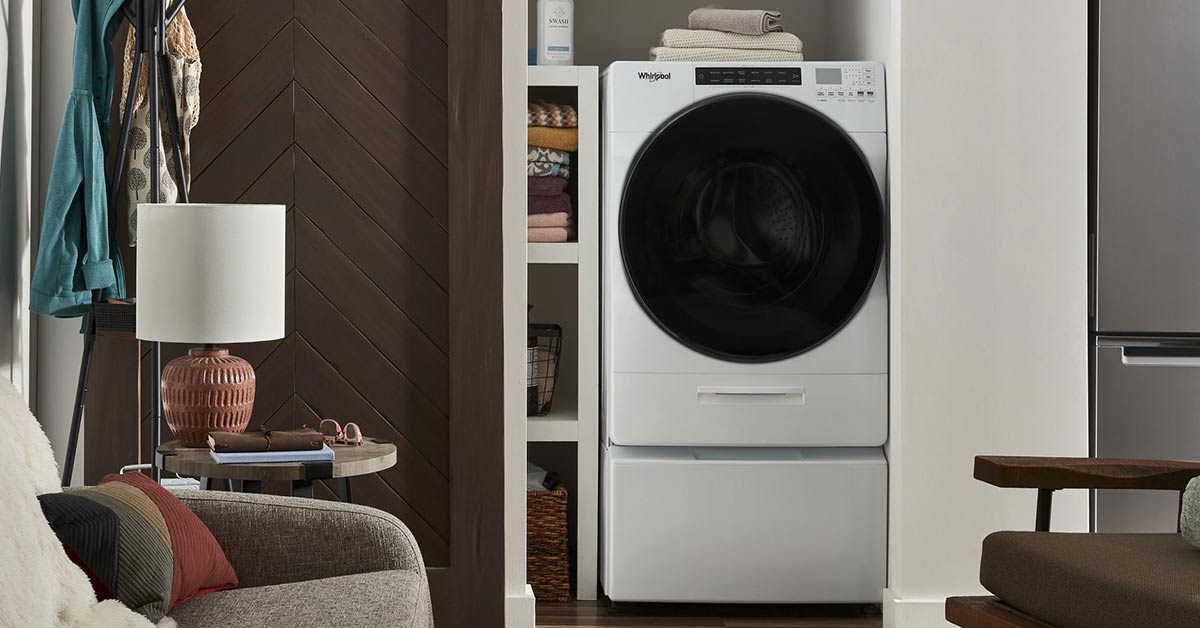
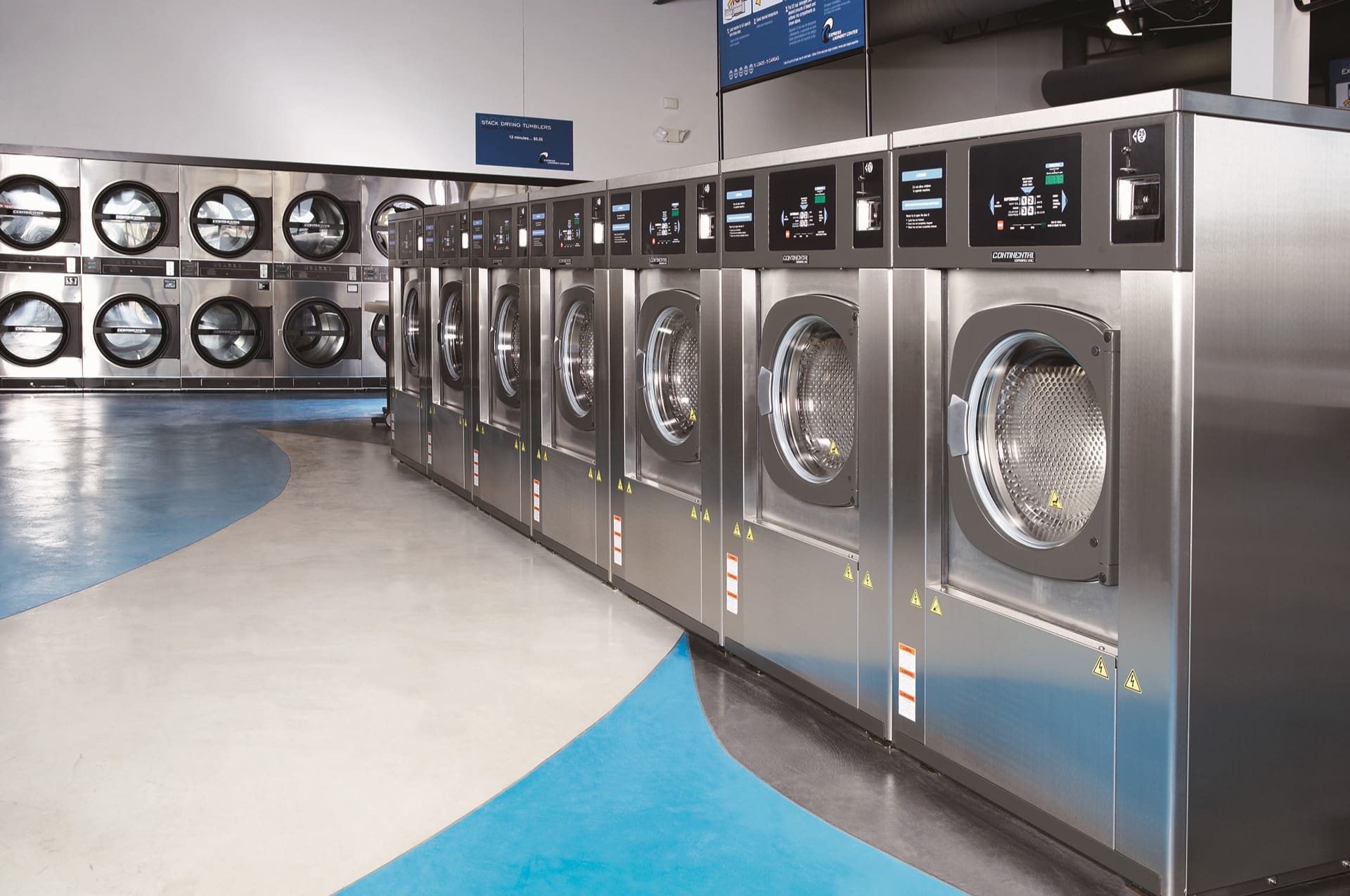
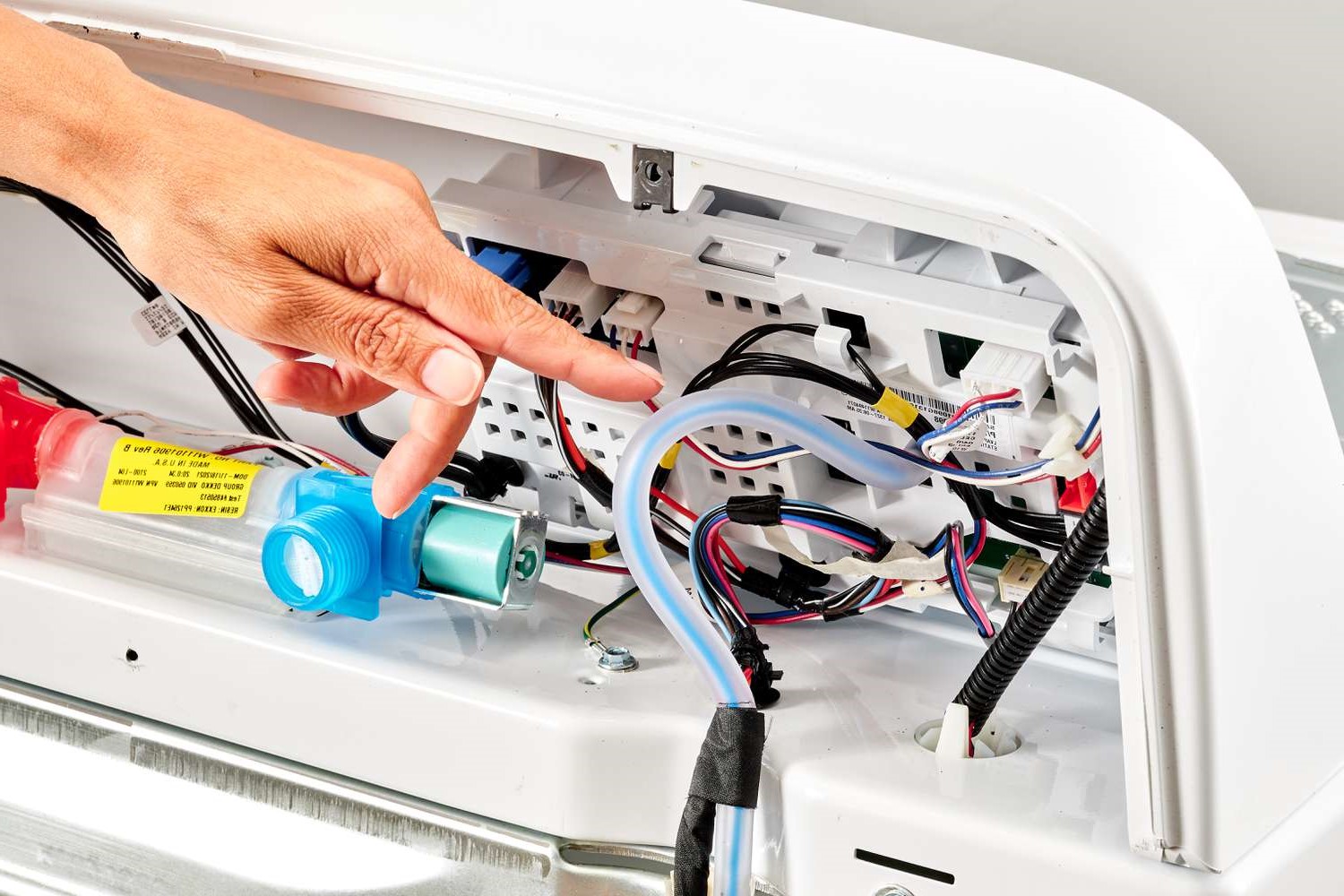
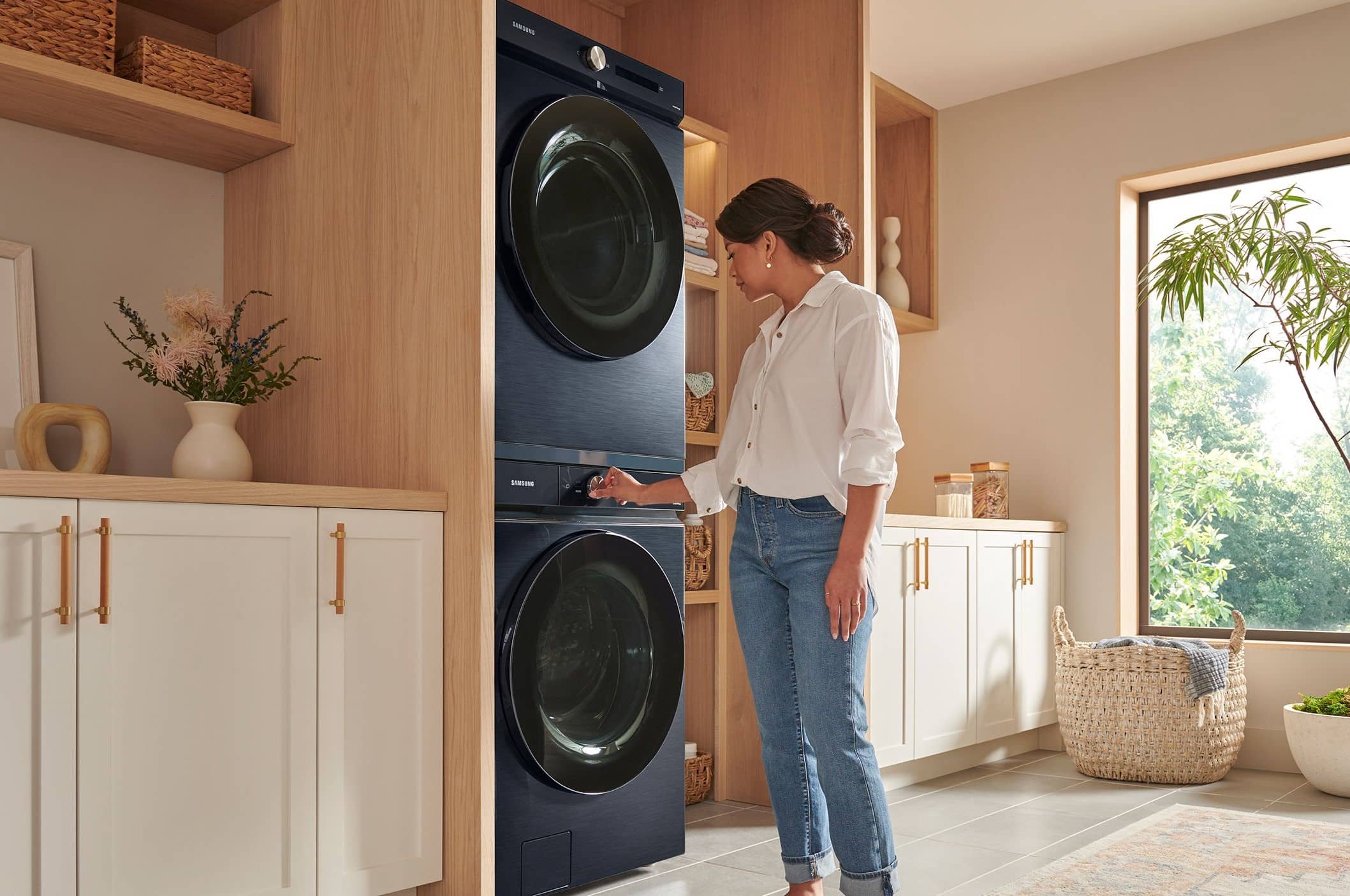
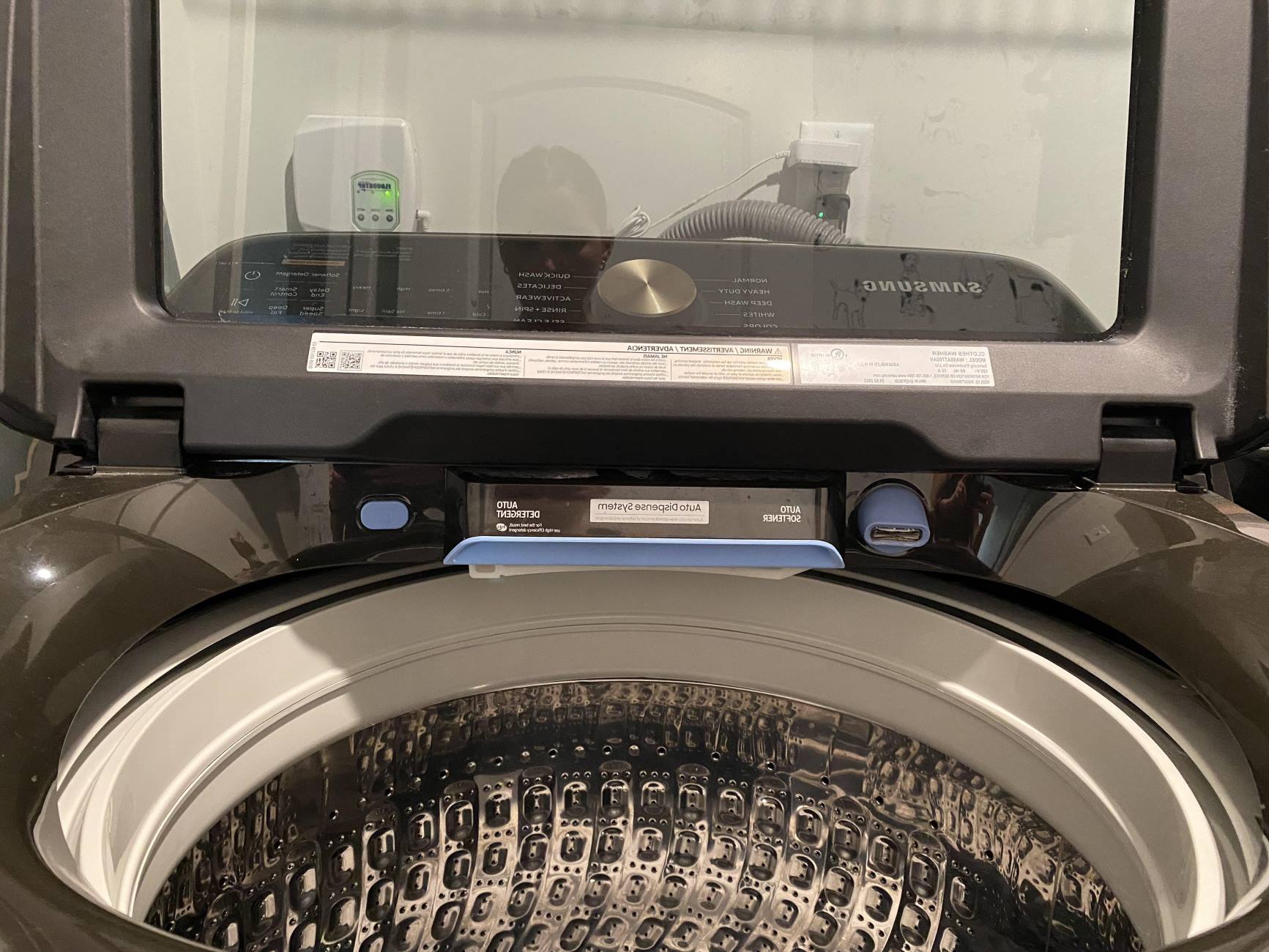
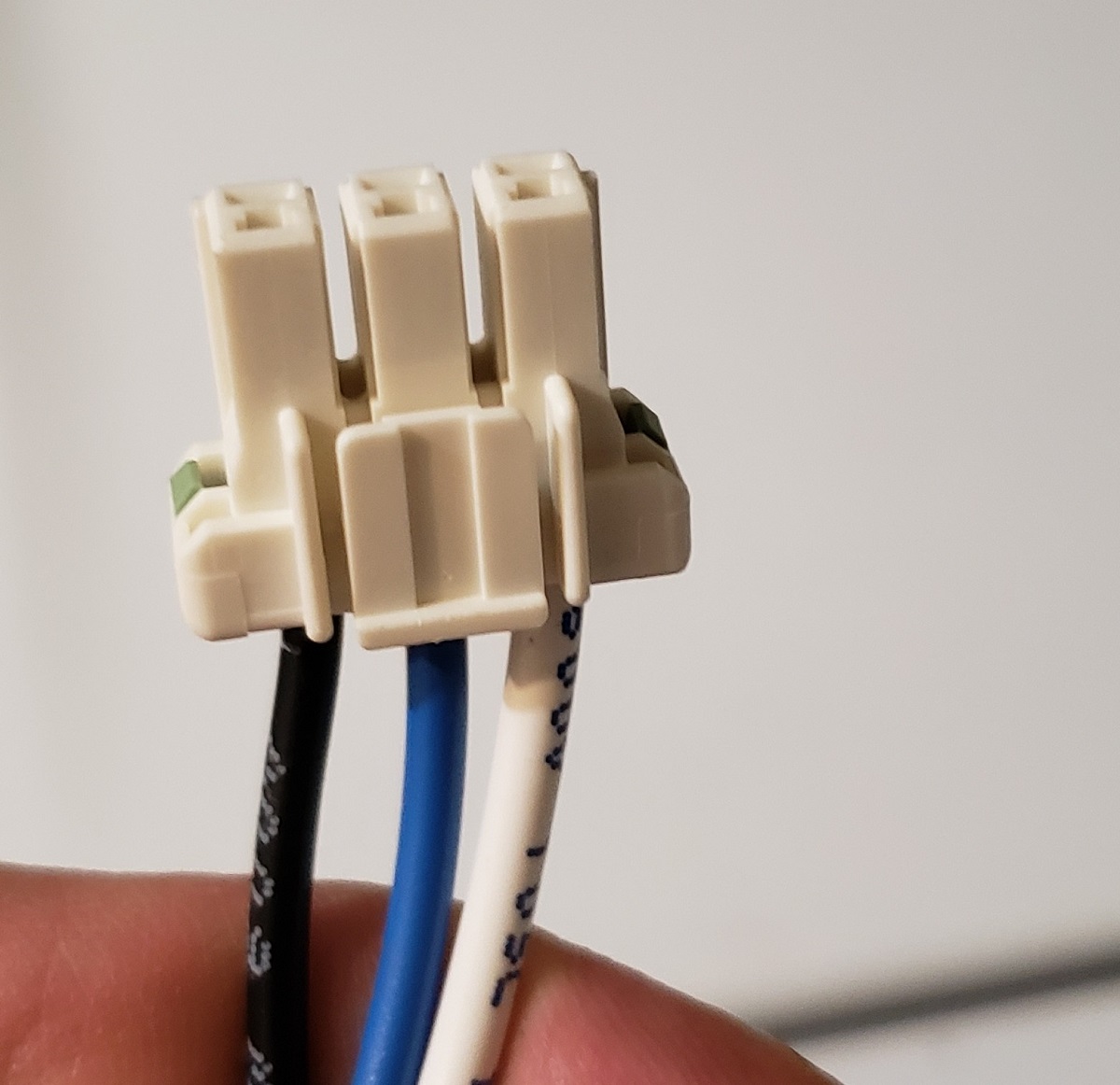

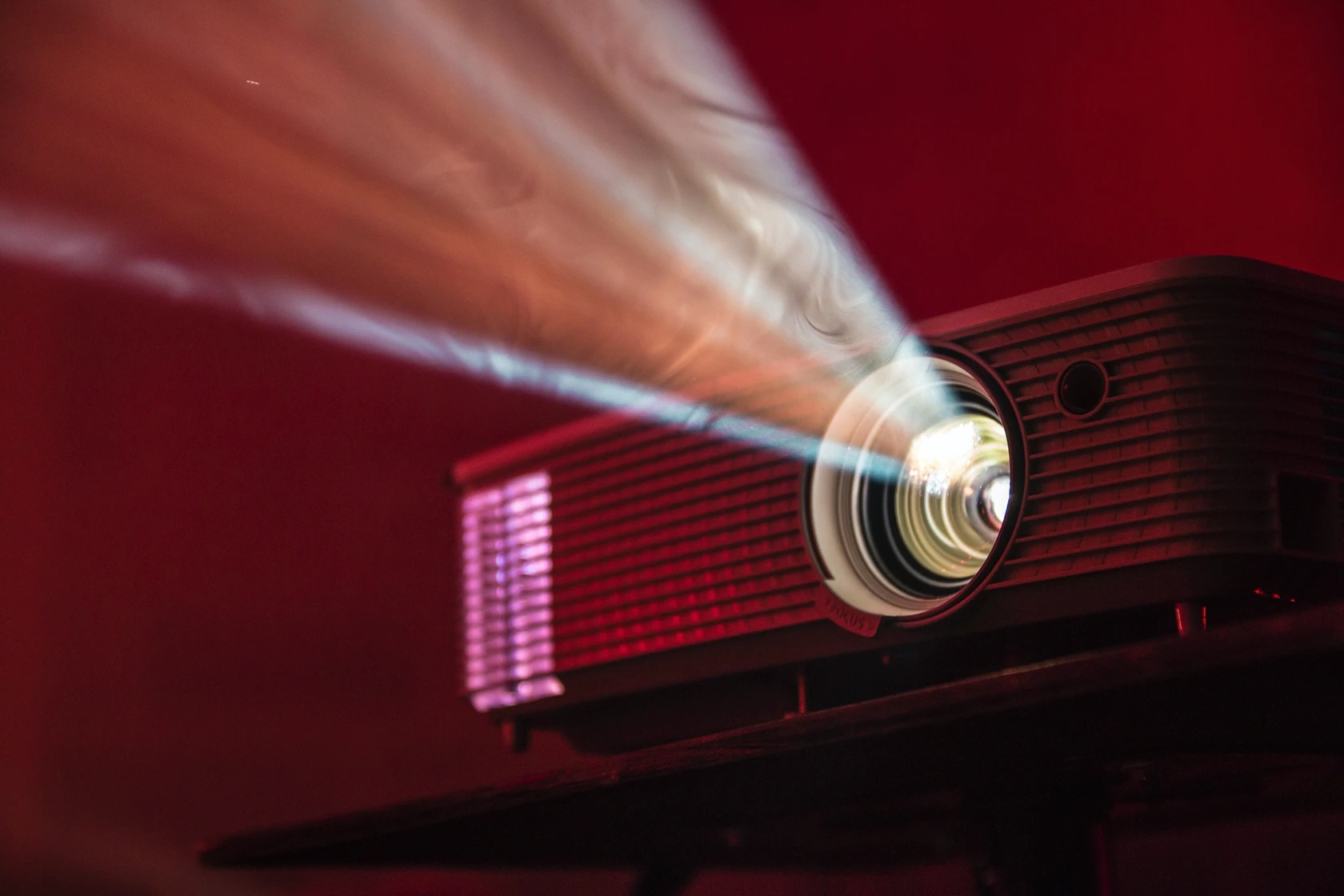
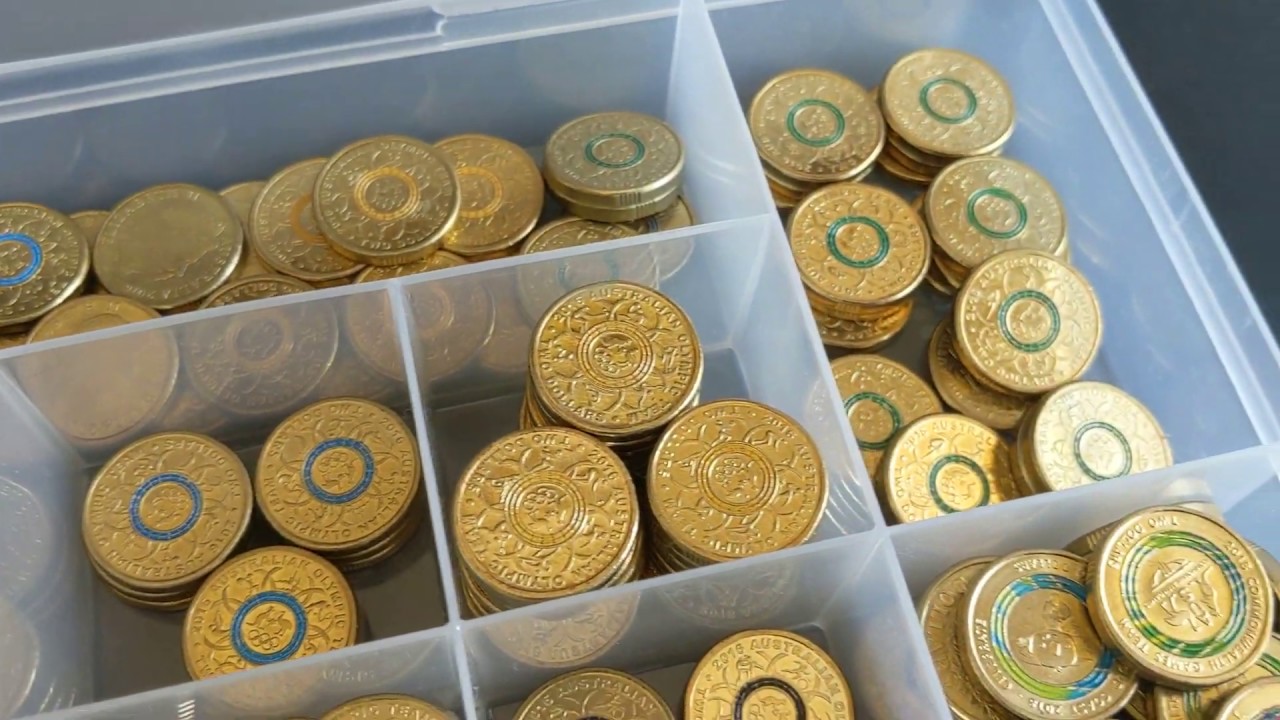
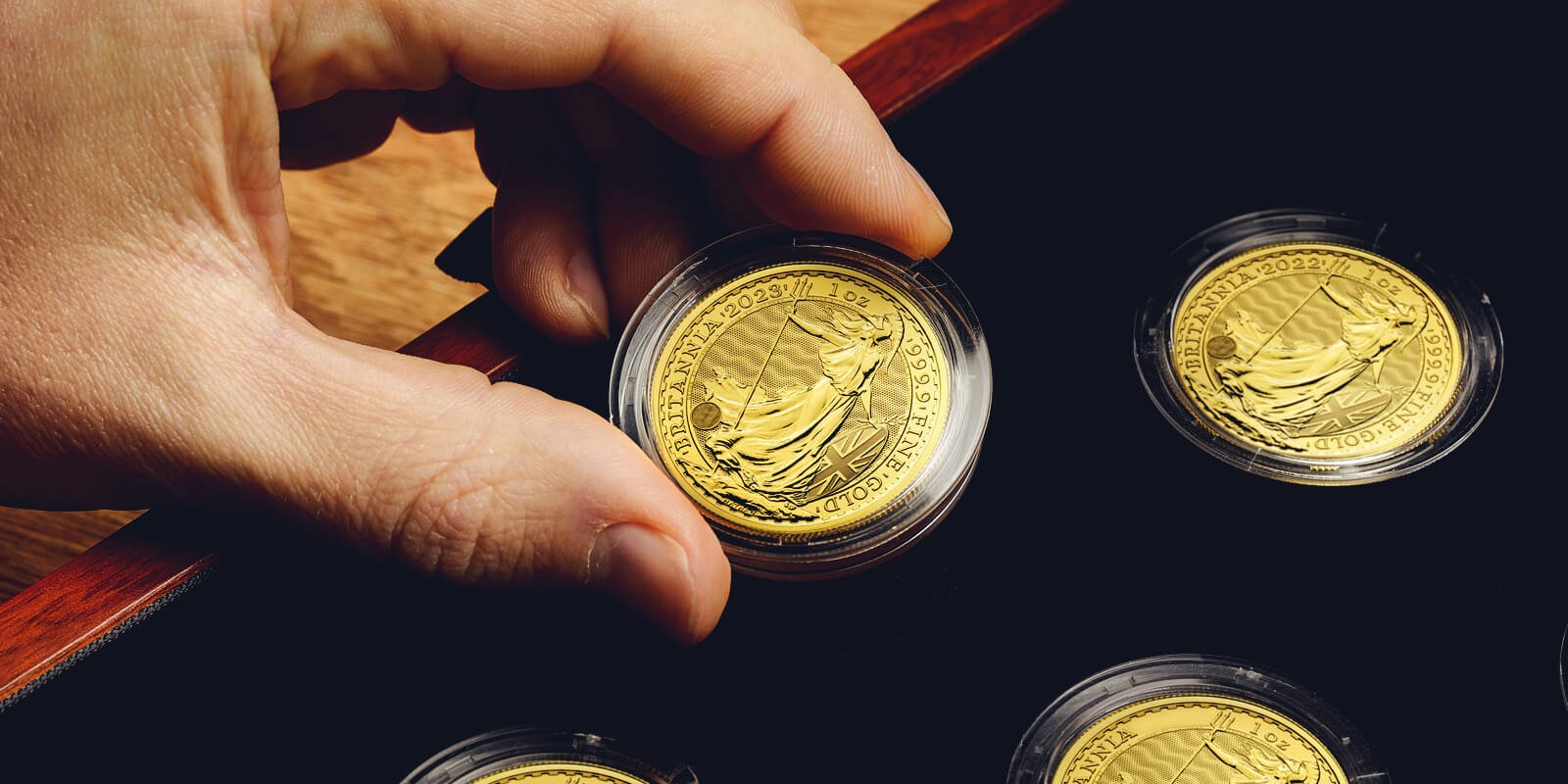
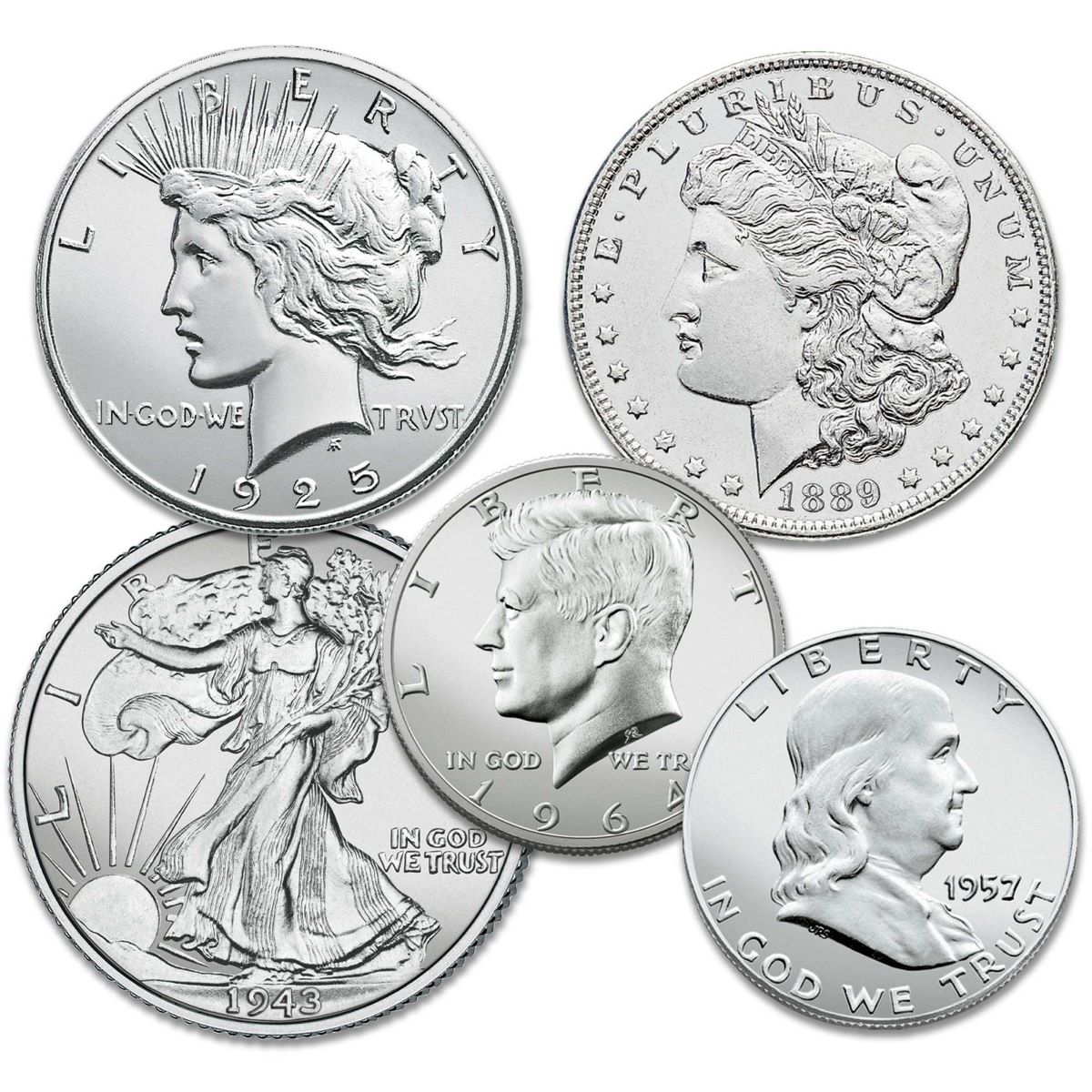

0 thoughts on “How To Bypass A Coin-Operated Washing Machine”